If you are going to grow your own food, you need to grow your own soil.
If you are going to do so without sprays and fertilisers, then you need to know how to make compost yourself.
Good compost.
Compost with worms and microbes that your plants will love.
The quality of your compost will be the quality of the food you grow.
It’s that simple.
But so many people get it wrong and struggle or give up entirely.
I’m telling you it’s easy and I’m going to show you how.
I’ve even put together an explainer video for you made right here on our off-grid permaculture farm.
Let’s have a look.
What is good compost?
There is a rather scientific answer to what makes good compost.
But you’re a busy parent or professional. So let’s KISS.
…Keep It Simple, Stupid. (What were you thinking?)
Good compost is mineral rich and has the greatest amount and diversity of soil microbiology.
Good compost is so valuable you can’t find it for sale.
You only find that sterile commercial crap that they sell in garden centres.
Keep reading and save your money for seeds and plants.
What do you need to make compost at home?
We’re going to use the 80/20 rule here.
You need a source of carbon, nitrogen and water.
Carbon: Straw, hay, grass clippings, leaves, cardboard, paper. If you don’t have enough at home, offer to mow the lawn of the old lady next door and take her lawn clippings.
You’ll be making great compost with it and probably get an endless supply thanks and baked muffins.
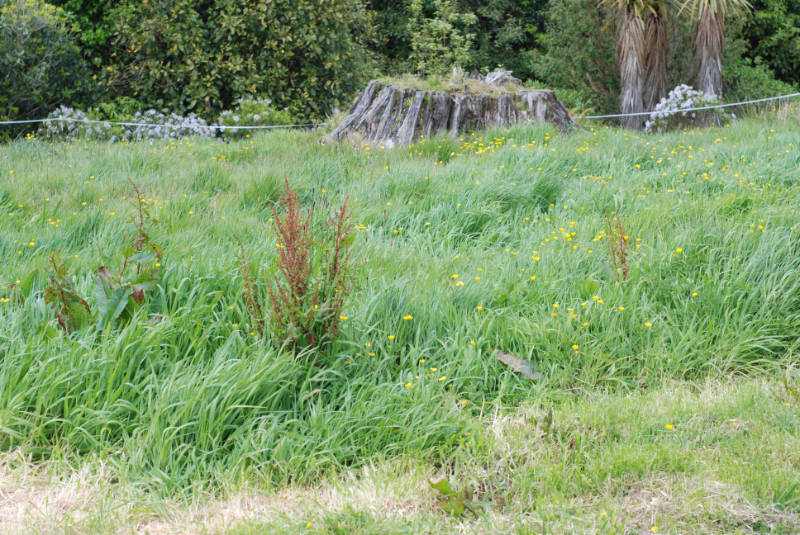
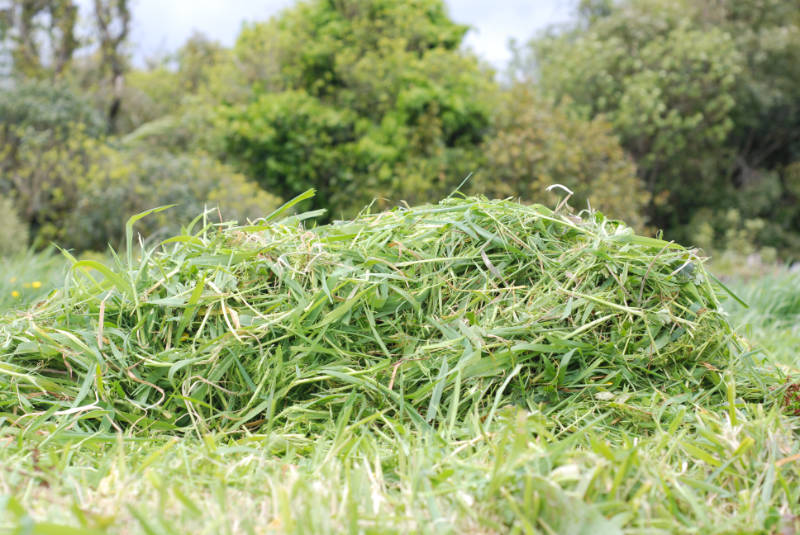
Nitrogen: Manure from cows, chickens, goats, sheep, rabbits, horses… Avoid pigs dogs and most omnivores unless you really know what you are doing.
Some plants like comfrey are high in nitrogen and you can use that if you are short on poo.
Kitchen scraps work too, but it makes more sense to cycle them through a chicken first and get free eggs.
I’ve tried compostable nappies. It works, but nappies don’t compost as fast as we need them to.
Water: Not too much. Not too little.
I’m pretty helpful, aren’t I? 🙂
How to compost?
To make compost at home, you’re going to pile on carbon and nitrogen into layers.
You are basically going to make a big lasagna.
And don’t forget the bechamel sauce – water. You need to keep the compost damp but not dripping wet. So mist each layer with a garden hose as you make it.
In the video above, I don’t add water because I didn’t have any dry straw, only wet grass. It was wet enough that I didn’t need to add extra water.
The correct ratio of compost ingredients
If the amount of each ingredient is right, the nitrogen acts like a fire burning up the carbon. Too much nitrogen, it burns too hot and kills the soil microbes.
Too little nitrogen, it burns too cool and either takes forever.
Too little water, nothing happens.
Too much water, your compost will go anaerobic and invite all the nasty microbes to the party.
So a basic formula is 5:1 carbon:nitrogen and keep it damp with water, but not dripping wet.
You can get fancy with all sorts of different materials and ratios (eg. chicken manure has way more nitrogen that cow manure), but 5:1 is a good place to start experimenting.
How do you know your compost is working?
After a few days, stick your hand in the middle. If it’s warm but not hot. You’re good to go.
How long does it take?
How soon do you need it?
Composting can be as fast as 18 days if you have the ratios just right. The temperature is perfect and you are turning it every other day.
Do nothing and it’ll be a few months and less valuable.
I recommend turning it over every other weekend to mix materials and air it down and mist some more water on it.
When it is done?
You’ll know your compost is ready when it’s dark rich humus soil and you don’t see the raw ingredients in it anymore.
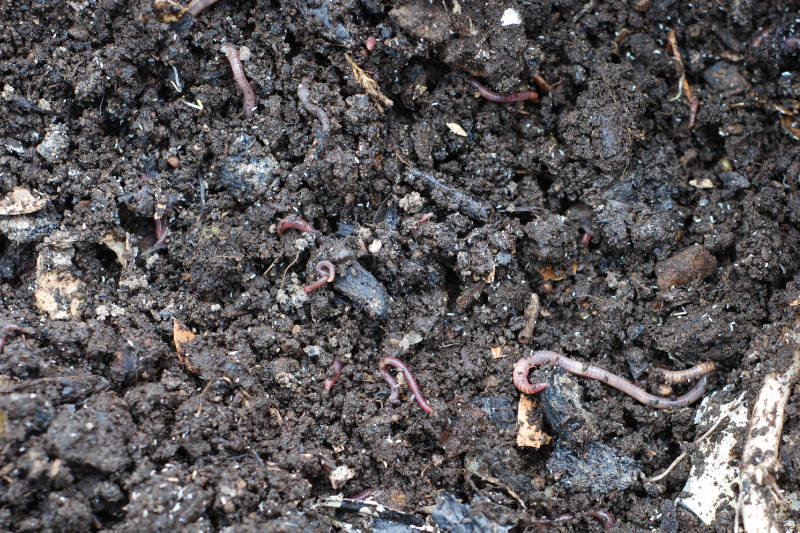
If you are in a hurry you can spread it on your garden before it’s ready, but you risk burning plant roots if there is still nitrogen heating things up.
That’s also why you never put manure directly on your garden bed.
You also want all the pathogens to be safely converted into beneficial microbes.
Don’t forget to cover it with a tarp from the rain, otherwise it’ll turn anaerobic and the nutrients will get washed out.
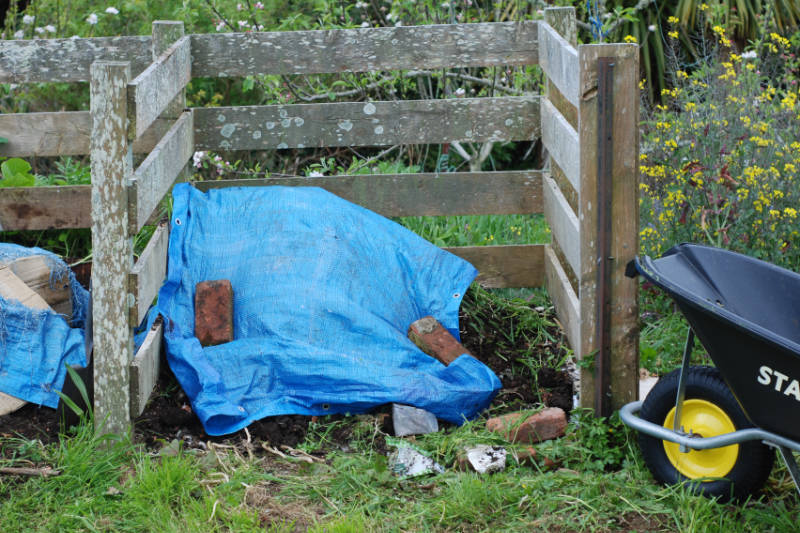
And you don’t need any fancy structures to make compost. They are just to keep things tidy.
In summary
Making your own compost is essential to grow your own food.
Do it right and your plants will flourish.
Do it wrong and you’ll waste time, money, food and probably get fed up.
The compost I made in the video above is far from perfect, but it doesn’t deviate too much from the ideal recipe took me less than 30 minutes.
Now have a go yourself and don’t be shy to ask questions below in the comments.
Coming up next…
- The best types of garden beds
- How to choose what to plant
- How to plant out your garden

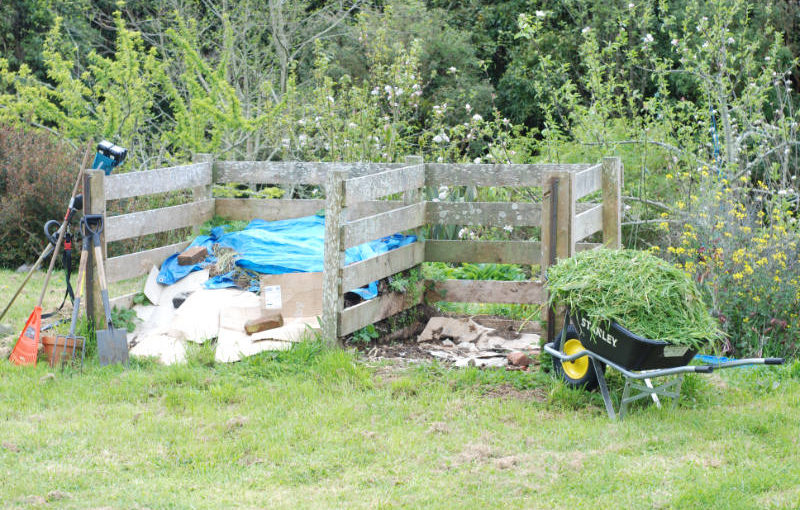
May I ask should a compost be situated in full sun, shade or both if possible please & thank you🙏🏼
Hey Kath. Heat is generated from within so you don’t need the sun, but it also doesn’t hurt. So full shade, half shade or no shade… all fine.
Great article and we built a few, even using thermometer to measure heat.
These days i sheet compost in situ. So pretty much the same composition although less of, and i do in successive strips in my garden. I top with cardboard, big box stuff, and at planting time cut a hole and plant your home grown seedling.
Not as satisfying as your version as you dont really get to see finished product, but less effort as dont have to move finished compost to the garden. Same principles apply though
This is a great guide. I had no idea that composting could happen in as little as 18 days!
It’s amazing how something as simple as kitchen scraps and cardboard can transform into a mineral-rich, soil-enriching powerhouse for our plants. What types of kitchen scraps and carbon sources do you find most effective in your composting process?
Thanks,
Matt